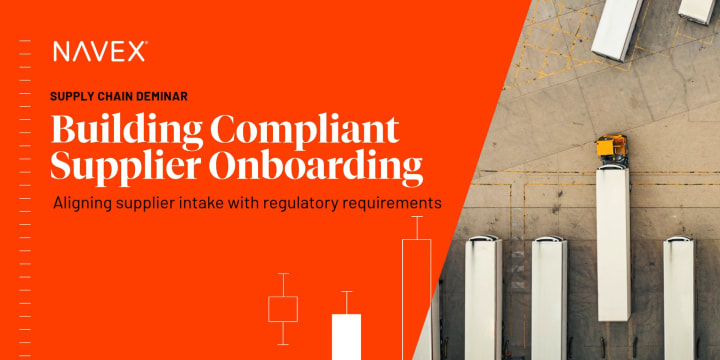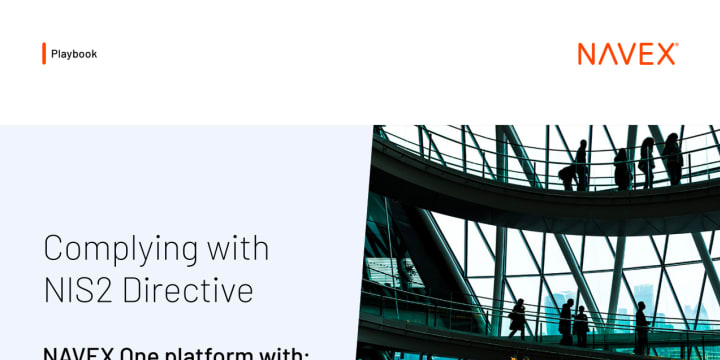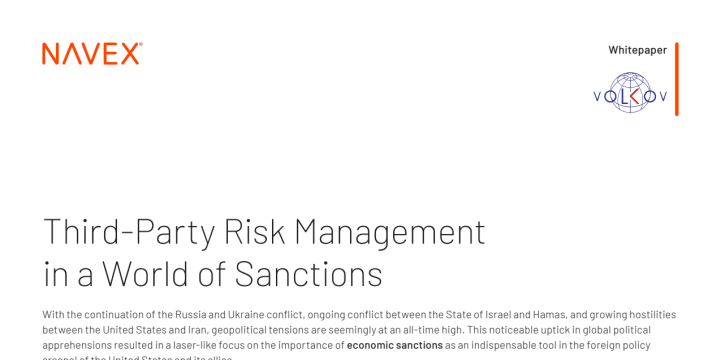
Why effective third-party risk management is essential
In today’s complex business landscape, organizations increasingly rely on a growing network of third parties, from vendors to international intermediaries. However, this reliance introduces myriad risks, amplified by increased globalization, regulatory enforcement, and rising cyberattacks. A comprehensive third-party risk management (TPRM) program is no longer optional; it’s a cornerstone of strong governance, risk and compliance (GRC).
- Growing reliance on third parties: Organizations increasingly outsource critical operations, posing diverse risks that leadership must prioritize.
- Increased enforcement: Global regulators are focusing heavily on third-party risk, with a growing trend of human rights regulations in the supply chain, notably laid out in the German Supply Chain Act and EU Supply Chain Directive.
- Rise in cyberattacks: With new technologies and exponential data sharing, understanding who accesses your data and how they handle it is critical.







